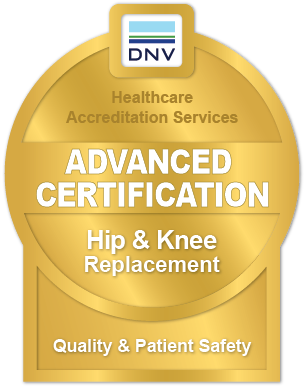If you’re facing the prospect of foot and ankle surgery, you might be feeling apprehensive about what’s ahead. Surgery of any kind comes with its own set of challenges and uncertainties, but foot and ankle surgery can be particularly daunting because it impacts your ability to walk and move around in your daily life. However, with the right preparation and mindset, you can successfully navigate the surgery and recovery process. In this blog post, we’ll cover what to expect when you’re having foot and ankle surgery, including the preparation, the procedure, and the post-operative period.
1. Preparing for Surgery
Your preparation for foot and ankle surgery will vary depending on the type of surgery you’re having and your individual circumstances, but some general tips include:
– Start by talking to your surgeon about what you should do to prepare for surgery, including any medications you should stop taking and whether you need to make any lifestyle changes.
– Prepare your home for your post-operative period by clearing away obstacles that could trip you up, arranging for help with daily tasks if needed, and stocking up on any supplies you’ll need.
– If you have any questions or concerns about the surgery, don’t be afraid to speak up and ask your surgeon or the staff at the surgical center.
2. The Procedure
Foot and ankle surgery may be performed under local or general anesthesia, depending on the extent of the procedure and your personal preferences. During the surgery, your surgeon will make incisions in your foot and ankle and use specialized tools to remove damaged or diseased tissue, repair bones or tendons, or insert prosthetic devices as needed. The length and complexity of the procedure will depend on your individual case.
3. Recovering from Surgery
After surgery, you’ll need to take time to rest and allow your body to heal. Your surgeon may recommend wearing a cast or splint, using crutches or a walker to get around, and elevating your foot and ankle to reduce swelling. You’ll also need to take pain medication and antibiotics as prescribed by your surgeon and follow a physical therapy regimen to rebuild strength and flexibility in your foot and ankle.
4. Long-term Recovery
The final phase of your recovery will involve gradually increasing your activity level and returning to your normal routine. Your surgeon and physical therapist will work with you to establish a timeline for when you can return to specific activities such as driving, sports, or work. It’s important to follow their guidance and not push yourself too hard, too soon, as this can lead to setbacks in your recovery.
Having foot and ankle surgery can be a daunting prospect, but with the right preparation and mindset, you can successfully navigate the surgery and recovery process. By working closely with your surgeon, physical therapist, and other healthcare providers, you can ensure that you have the best possible outcome and return to your normal activities as soon as possible. Remember to take the time you need to rest and heal, and don’t hesitate to ask for help or support if you need it. With patience and perseverance, you can achieve a full recovery and regain your mobility and quality of life.
Contact Eminent Medical Center at Any Time
If you’re searching for premier medical treatment in Richardson, Eminent Medical Center wants to deliver for you. Call our genial and qualified staff today to get more information about all of the services we offer. If you have any questions, we’re accessible to chat with you. Contact us today!







